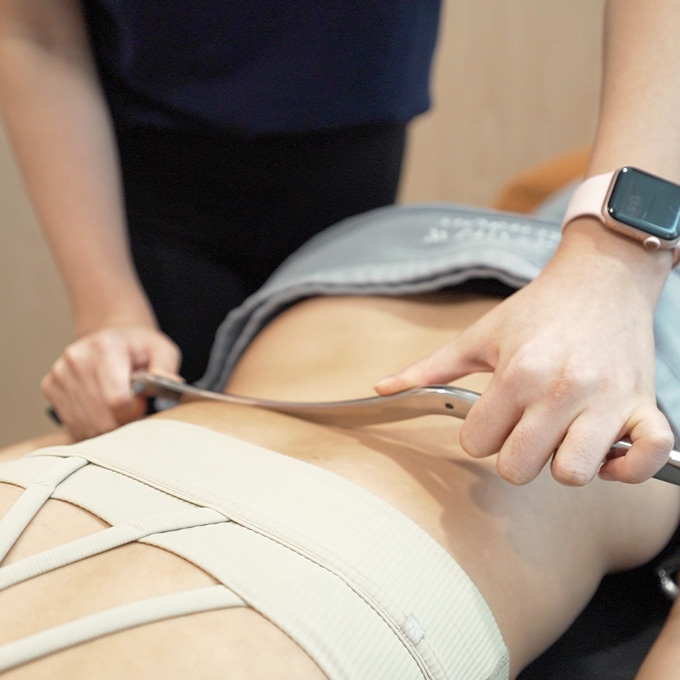Common Conditions
Anterior Pelvic Tilt
Symptoms, Common Causes and Treatments
Understanding Anteriorly Pelvic Tilt (APT)
Anteriorly pelvic tilt is a movement performed on the pelvis where it tilts to the front. Posterior pelvic tilt is the opposite movement where the pelvis tilts towards the back. The range of anterior and posterior tilts are 13.0 ± 4.9°, and 8.9 ± 4.5° respectively. In standing, the pelvis is normally tilted anteriorly for about 7 to 13 degrees.
Excessive Anterior Pelvic Tilt
Anterior pelvic tilt could become a problem when it gets excessive. It can be further tested using the Thomas Test, where the individual lies on the back with one knee tugged all the way up to the chest (but the pelvis should still stay down). If the other thigh gets up in the air, the test is positive which indicates tight hip flexors for possibly causing excessive APT.
Excessive APT is not a condition but rather a clinical sign that could precipitate pain or discomfort in the pelvic or lumbar region as it places increased pressure in the lower lumbar spine and the hip joint. Therefore, it is commonly observed in people with chronic low back pain. Studies done on running athletes have also demonstrated increased risks of hamstrings strains associated with excessive APT. Since excessive APT directly affects the mobility of the hips and the lumbar spine, there might be adaptive changes to the adjacent joints such as the knee, ankle, and thoracic spine over time.
Causes of Excessive Anterior Pelvic Tilt
Generally speaking, individuals with excessive APT would have shortened hip flexors and lumbar erectors whereas the abdominals and gluteal muscles would be held in a lengthened position. Hip flexor tightness could be an adaptive result of poor posture prolonged overtime for the sedentary individuals without regular exercise or movement breaks. It is advised to get a thorough examination by a health professional to identify the underlying cause of excessive APT as it could come from a range of issues.

